Aquarium fish species
Aquarium fish also called decorative fish are popular pets kept in aquariums for their vibrant colors, unique patterns, and fascinating behaviors. These captivating aquatic creatures not only add aesthetic appeal to a living space but also provide enthusiasts with a rewarding and relaxing hobby. Proper care, a well-maintained environment, and a diverse selection of species contribute to creating a thriving aquatic ecosystem within an aquarium, showcasing the beauty and diversity of the underwater world. The world of ornamental fish offers an impressive variety of species that delight aquarists with their fascinating colors, shapes and behavior. Here are some popular ornamental fish species that can be found in many aquariums worldwide:
Clownfish
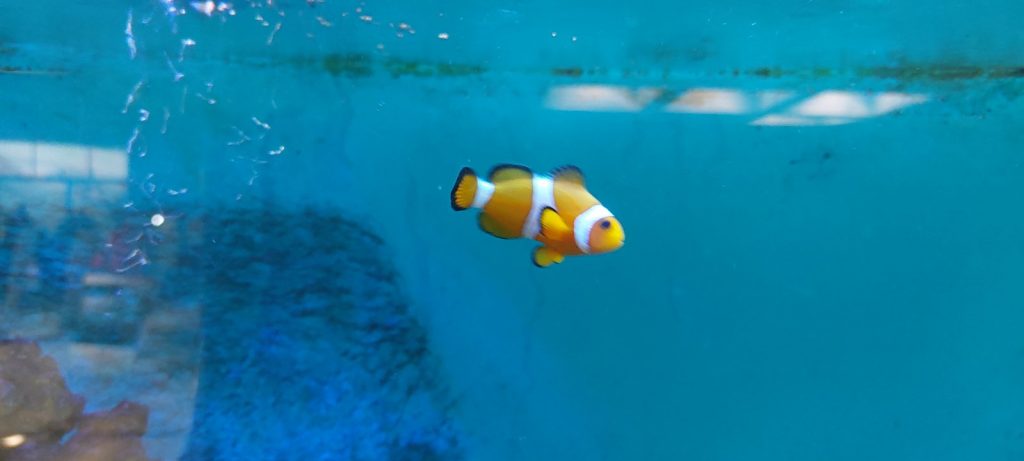
Clownfisch, also known as anemonefish, have become the most popular and iconic ornamental fish thanks to films like Finding Nemo. These small, colorful fish belong to the damselfish family and are known for their unique behaviors and symbiotic relationship with sea anemones.
With their bright colors, including orange, black and white, clownfish fascinate aquarists worldwide. Their characteristic markings and small, movable fins give them a playful and charming appearance.
Clownfish live in a symbiotic relationship with sea anemones, which are usually dangerous to other fish species. The anemones offer the clownfish protection from predators, while the fish free the anemones from parasites and provide them with food. This unique relationship makes them fascinating objects to observe in any marine aquarium.
Guppies
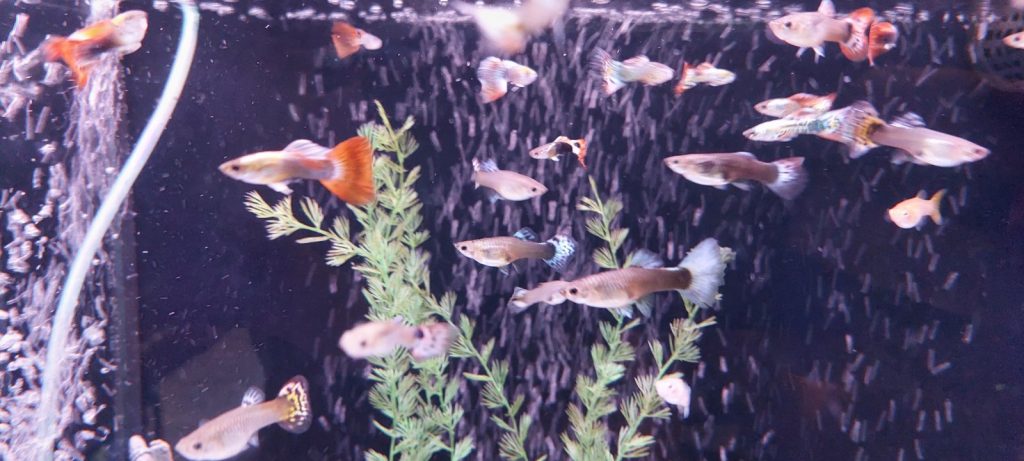
Guppy, scientifically known as Poecilia reticulata are one of the most fascinating ornamental fish species in aquarium keeping. Originally native to South America, guppies are now popular in aquariums worldwide due to their vibrant colors and viviparous reproductive system.
These small, agile fish are known for their vibrant colors, ranging from bright blue to bold red to elegant yellow. Their distinctive tail fin and often eye-catching patterns make them real eye-catchers in the aquarium. Guppies adapt easily to different water conditions, making them ideal for beginners in aquarium keeping.
Neon Tetras
Neon Tetras: These small, colorful fish are characterized by their neon blue and red stripes. They like to live in groups and are popular for community aquariums. In addition to neon tetras, there are several other species of tetras such as cardinal tetras and incandescent tetras, each with their own distinctive colors and patterns.
Swordbearer fish
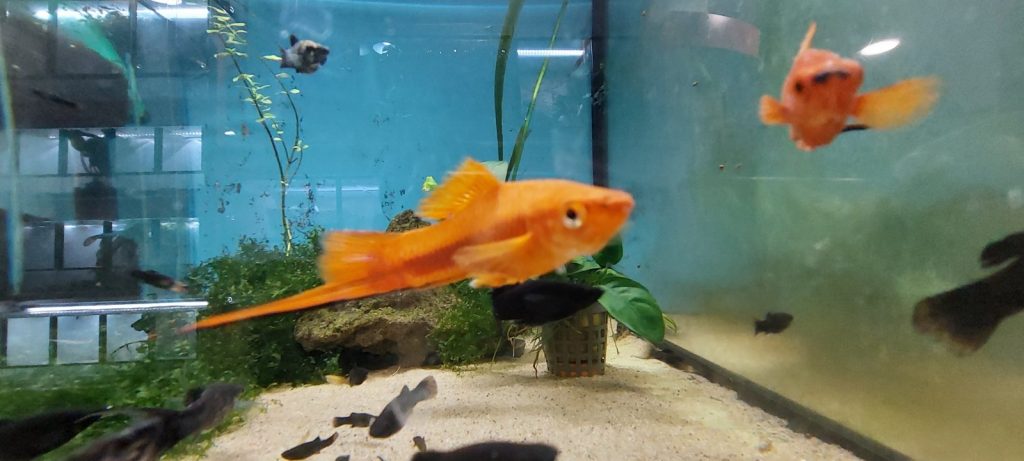
The swordtail fish Fisch, also known as Xiphophorus hellerii, is a striking ornamental fish that enriches aquariums with its striking appearance and lively behavior. The males are particularly characterized by their namesake sword, while the females impress with their subtle elegance.
Angelfish
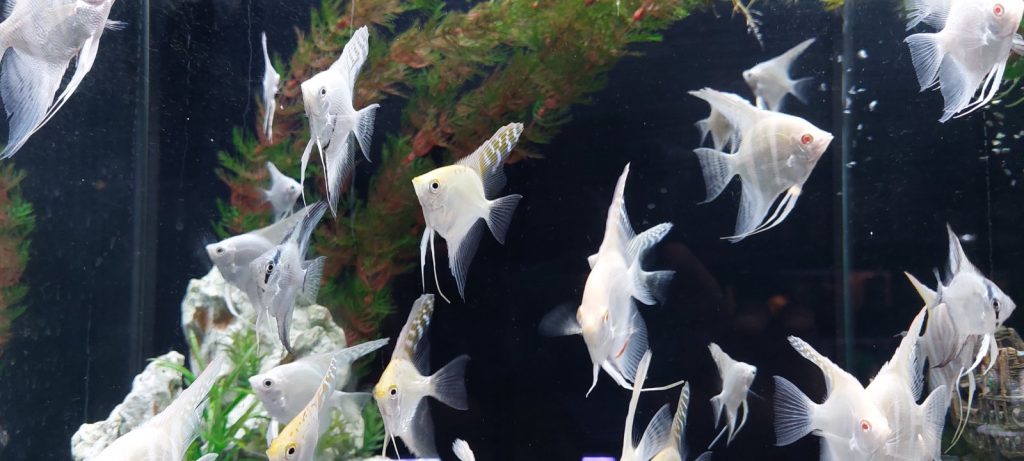
Angelfish, also known as sailfins or Pterophyllum scalare are majestic ornamental fish valued in aquarium hobbyists for their elegant appearance and peaceful nature. Originally native to the waters of the Amazon, they have become one of the most popular fish species.
With their characteristic triangular body shape and long, extended fins, angelfish are reminiscent of majestic sails in the underwater landscape. Their color ranges from silver to gray to gold and black, and their bodies are often decorated with delicate stripes or spots.
Angelfish are sociable fish that can be easily integrated into community aquariums. They prefer calm waters and should be kept in company with other peaceful fish species. However, it is advisable not to associate angelfish with species that are too small or aggressive in order to avoid conflicts.
Barbs
Barbs: Barbs are active and colorful aquarium fish that come in several species, including cherry barbs and tiger barbs. They bring energy to a community pool.
Discus
Discus: Discus fish are characterized by their round and flat body shape. They require specific water conditions and are sought after for their vibrant colors.
Betta fish
Betta fish: Betta fish, or Siamese fighting fish, impress with their unusual fins and striking colors. Due to their aggressive nature, they are best kept individually.
Goldfish
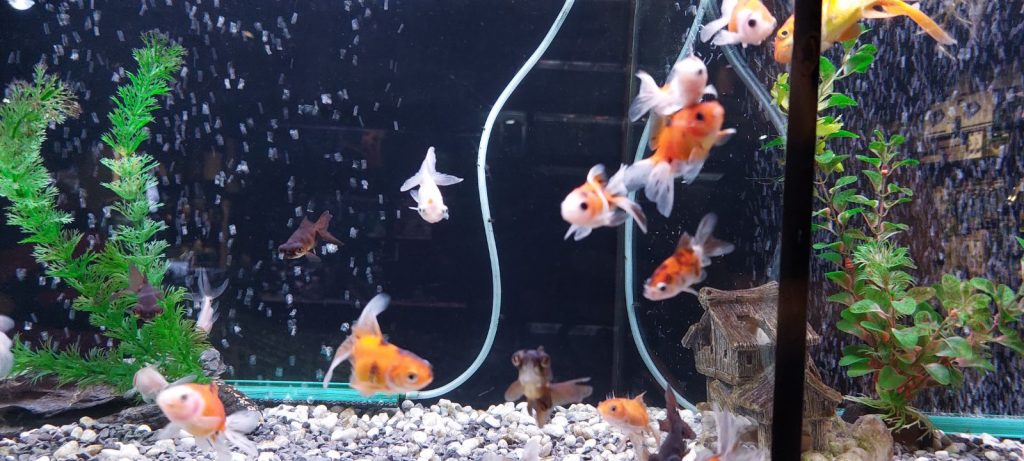
Goldfish are probably one of the most famous and oldest ornamental fish species, having been bred in China for over 1,000 years. Their characteristic golden color and striking shape make them popular residents of aquariums and garden ponds worldwide.
Goldfish originally come from ponds in East Asia, but over time they have been developed into different variations through targeted breeding. Their color palette ranges from vibrant gold to red, white, and black to iridescent mixtures. The classic shape of a goldfish with its scaleless body and elegant fins makes it an aesthetic asset to any aquarist.
Goldfish are known for their adaptability and hardiness, making them ideal fish for beginners. They prefer cooler water and thrive in well-ventilated aquariums or ponds. It is important that the water is regularly monitored and cleaned to ensure optimal conditions.
Rainbow fish
Rainbow Fish: These aquarium fish are known for their iridescent colors, reminiscent of a rainbow. They are often found in freshwater aquariums.
Aquarium fish and aquarium pictures
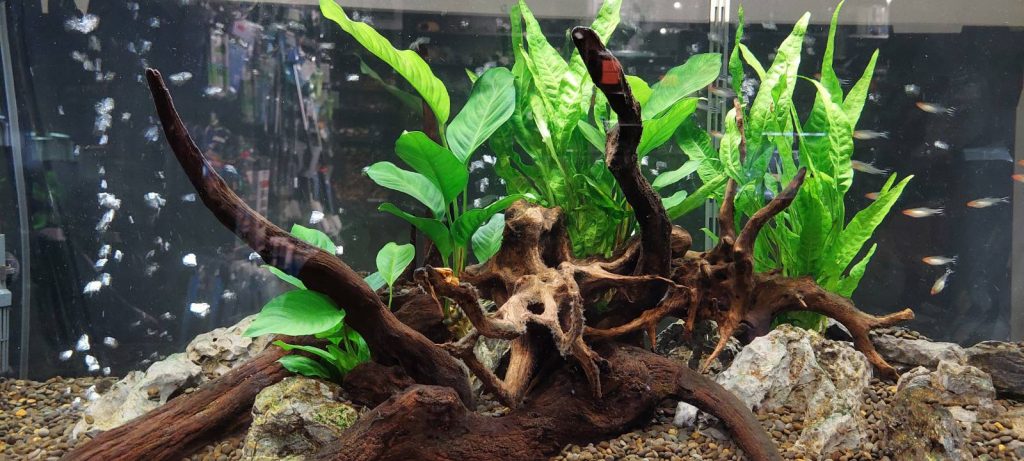
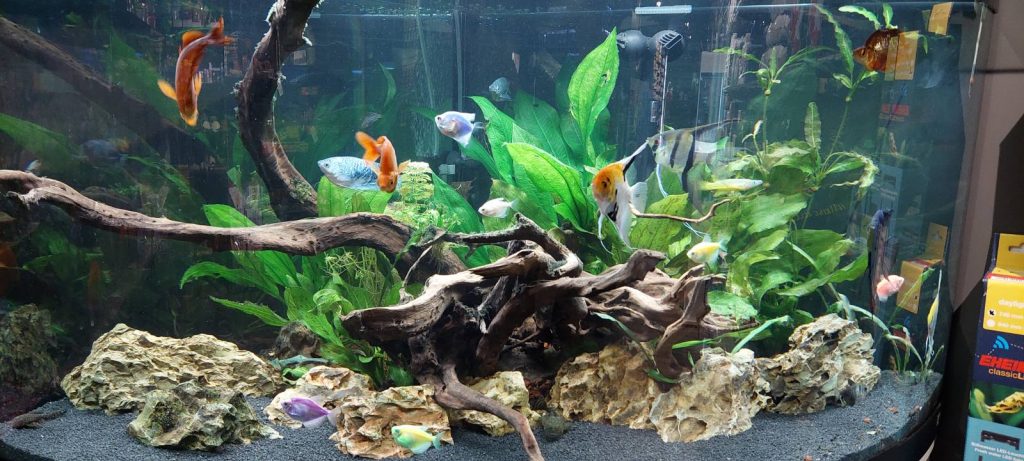
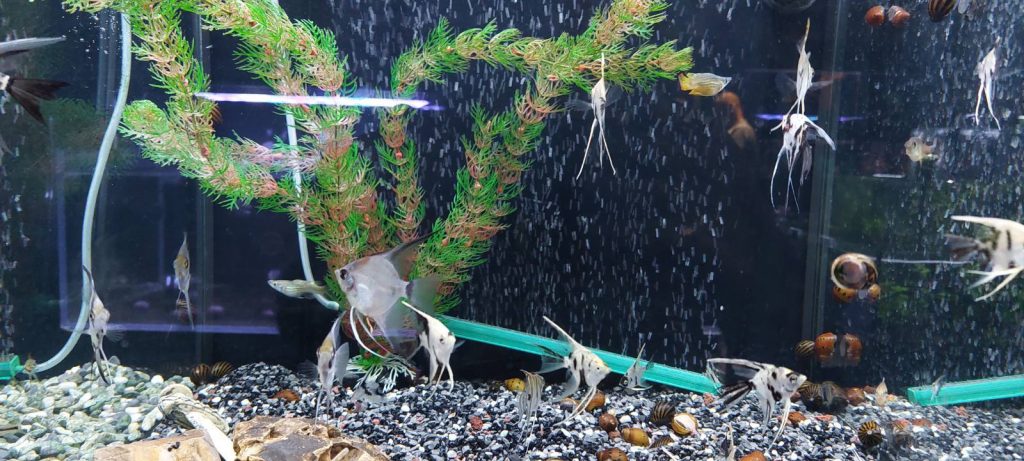
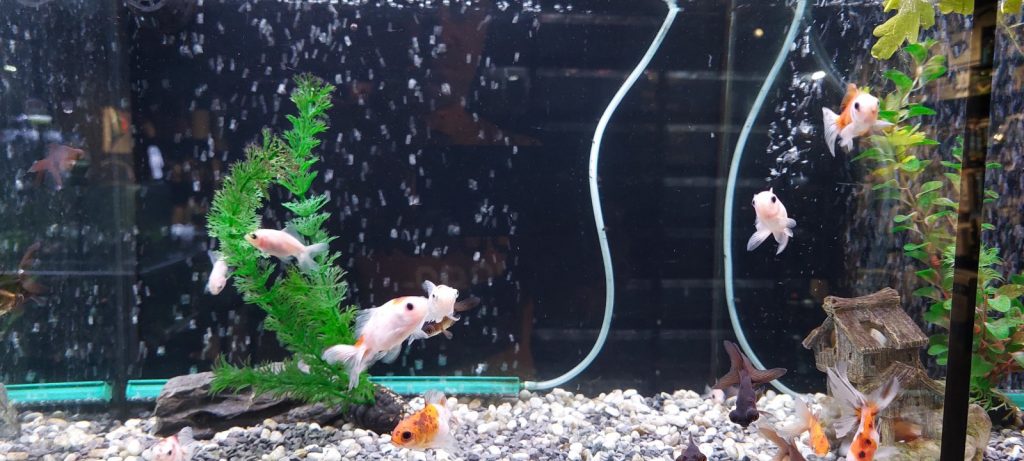
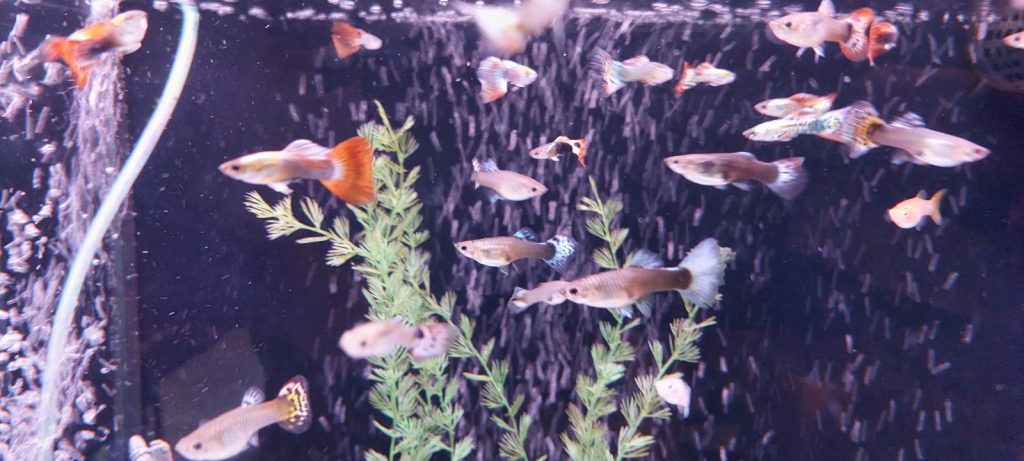


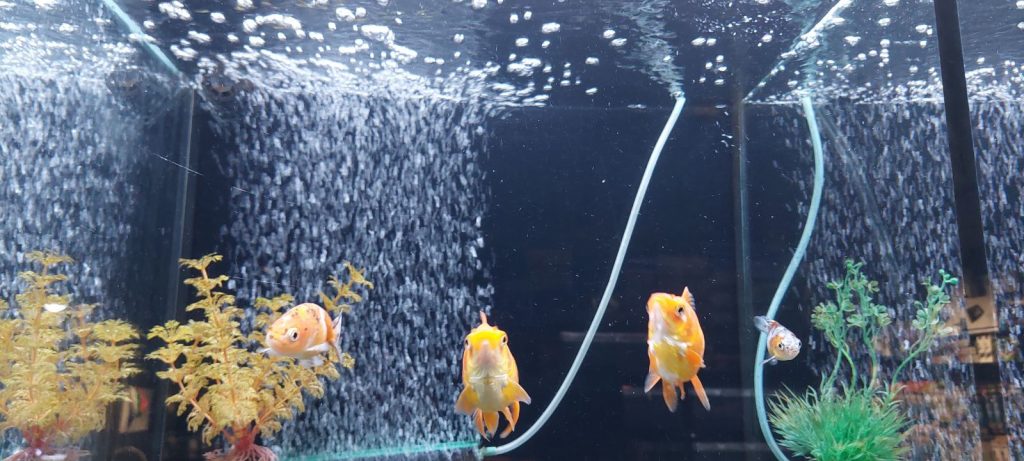
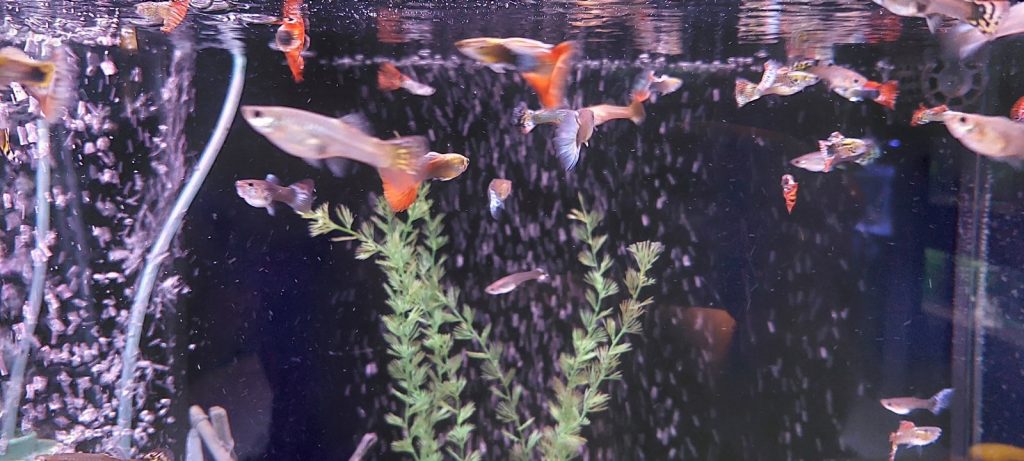

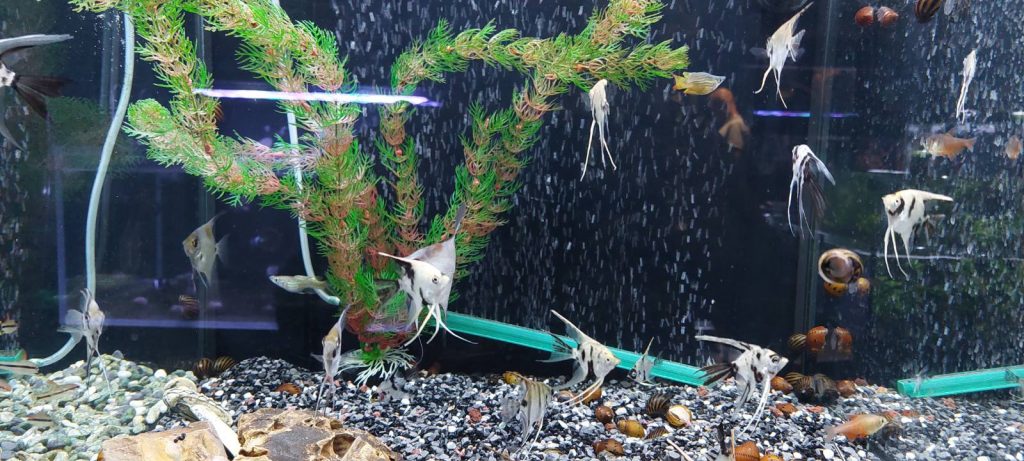
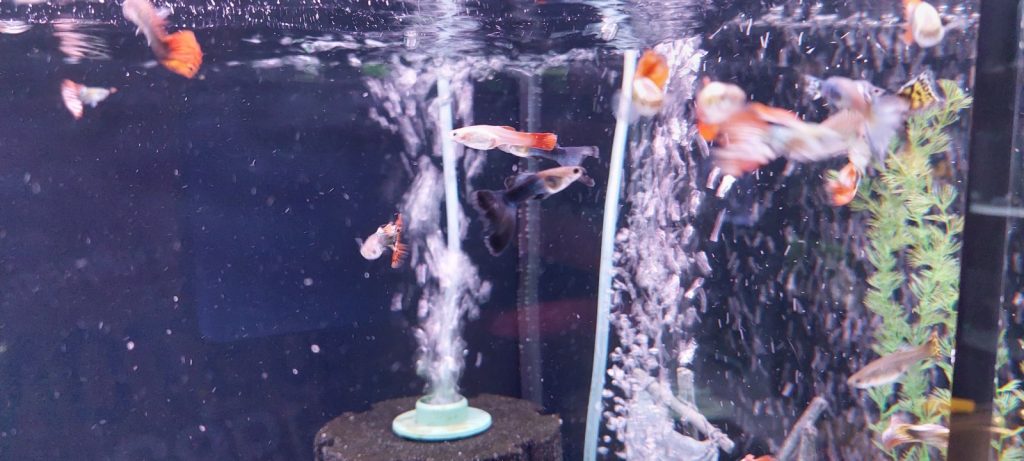
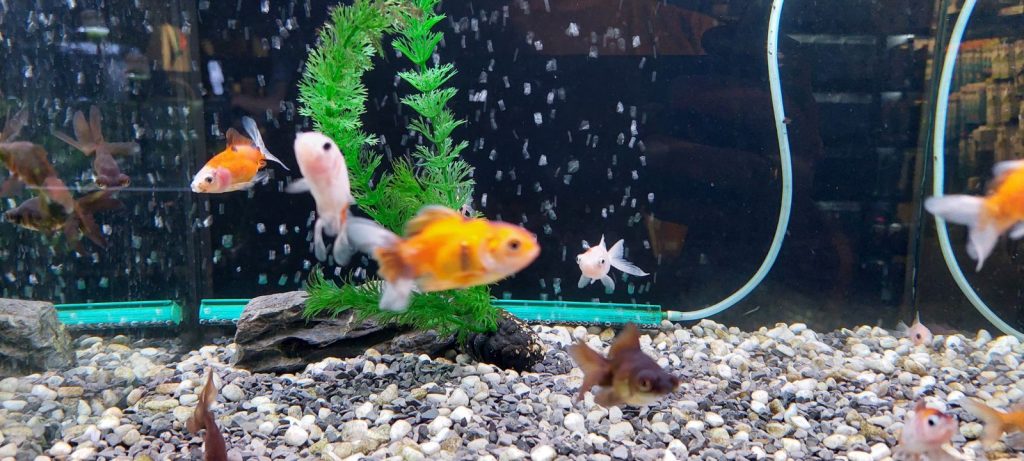
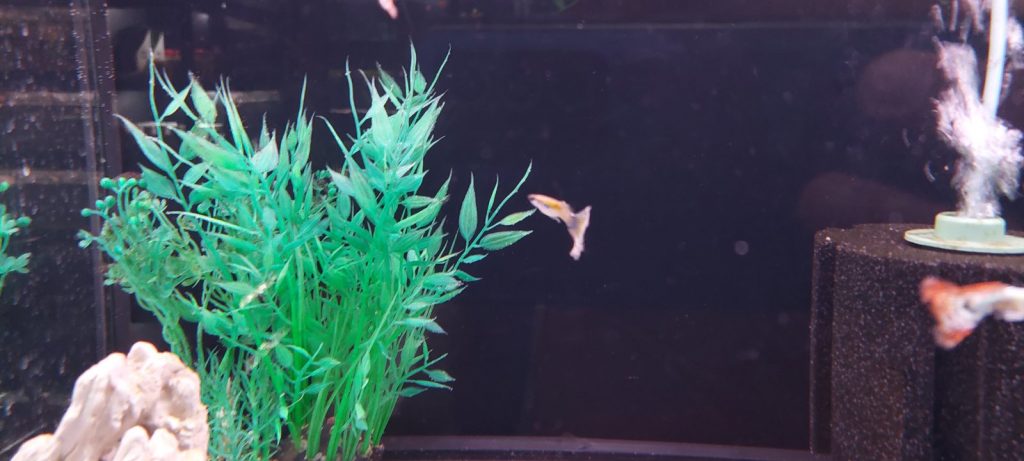
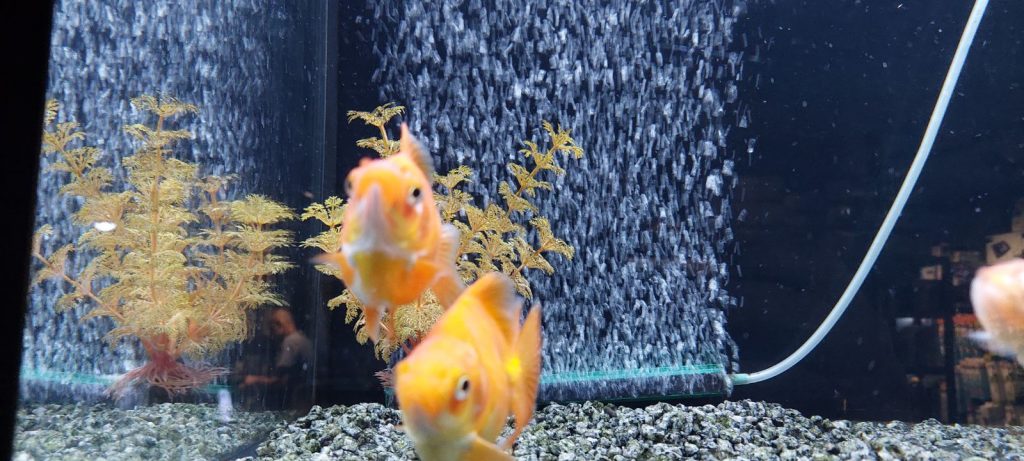
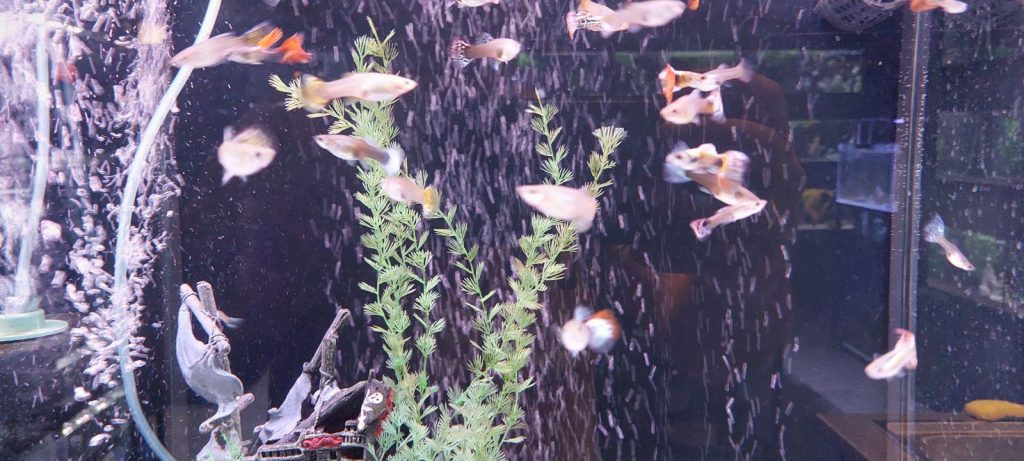
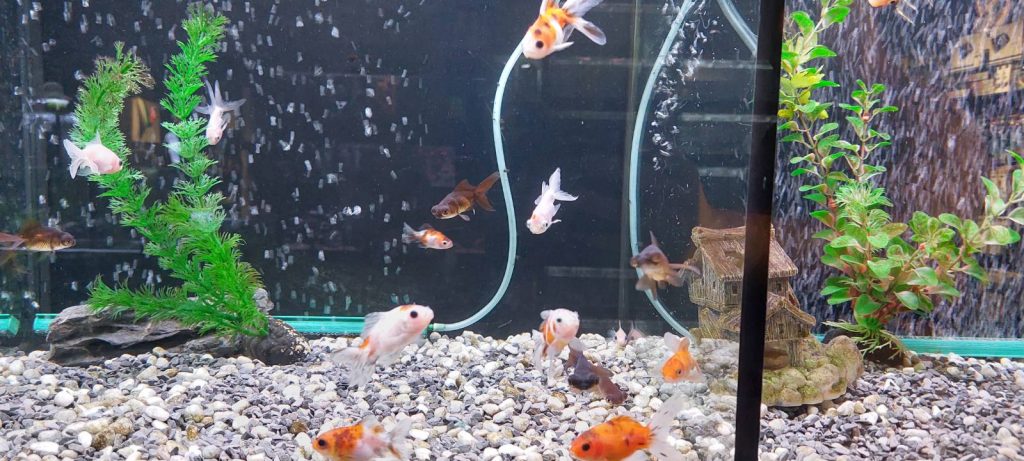
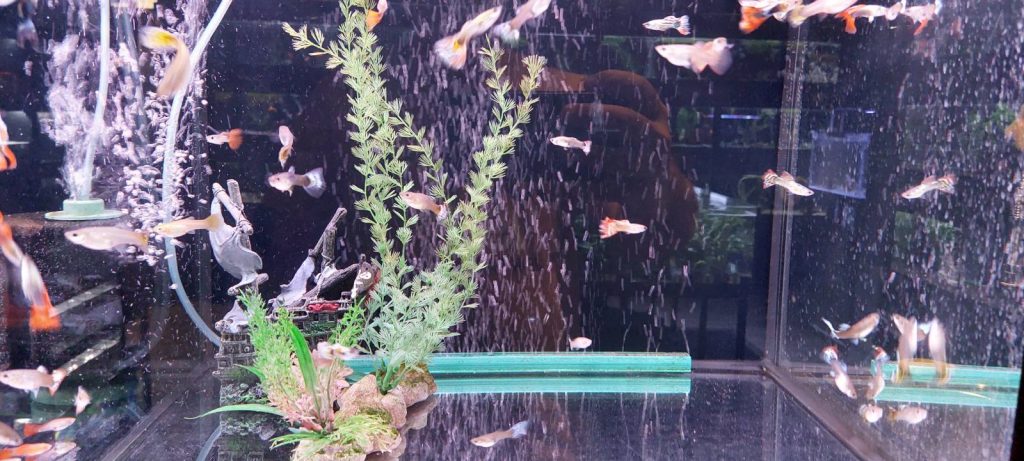
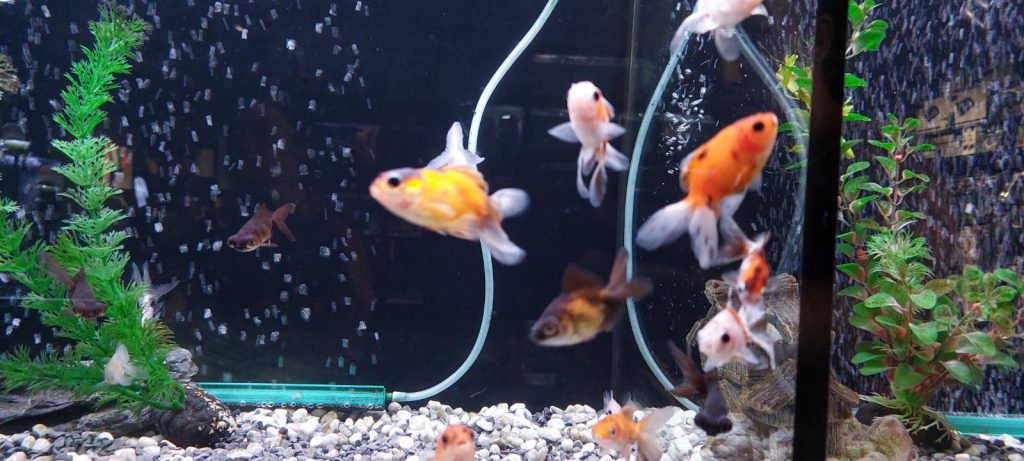
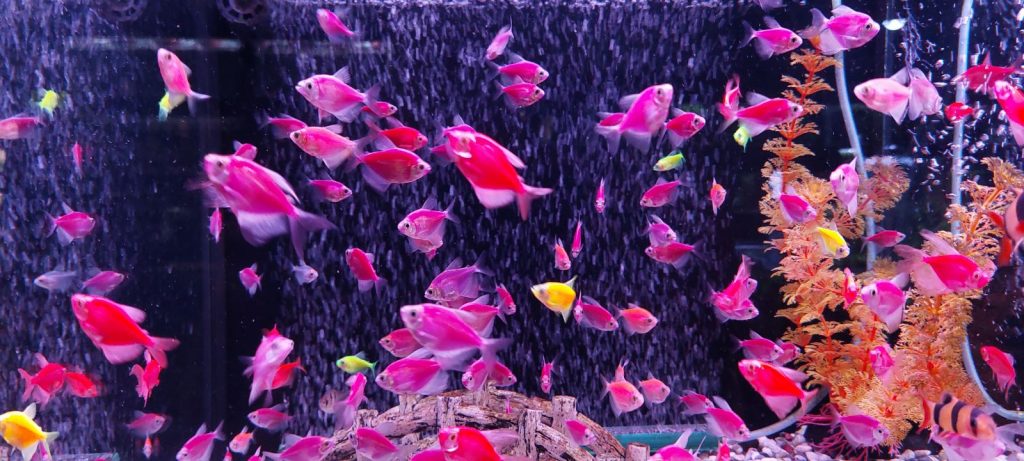
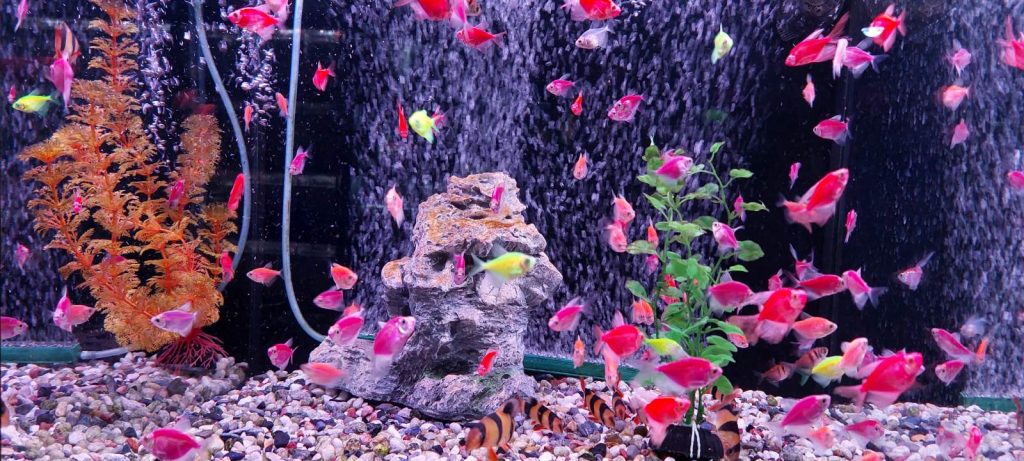
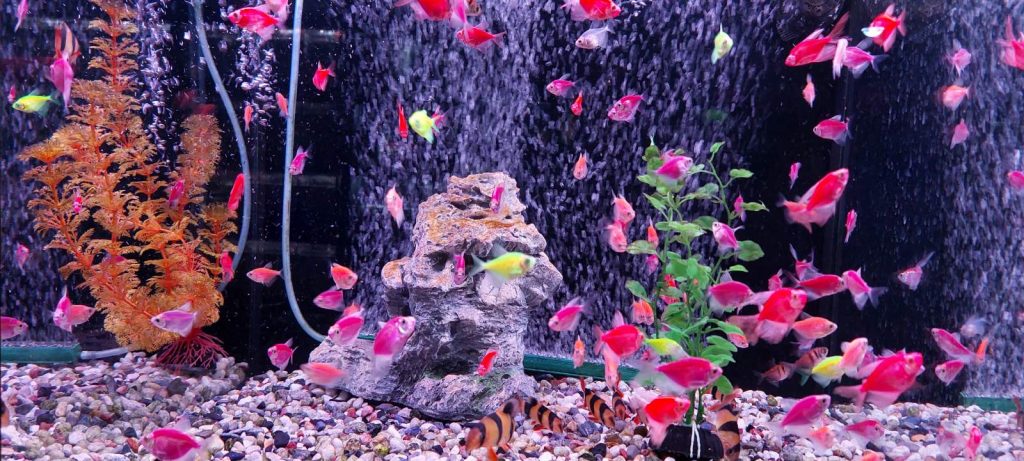
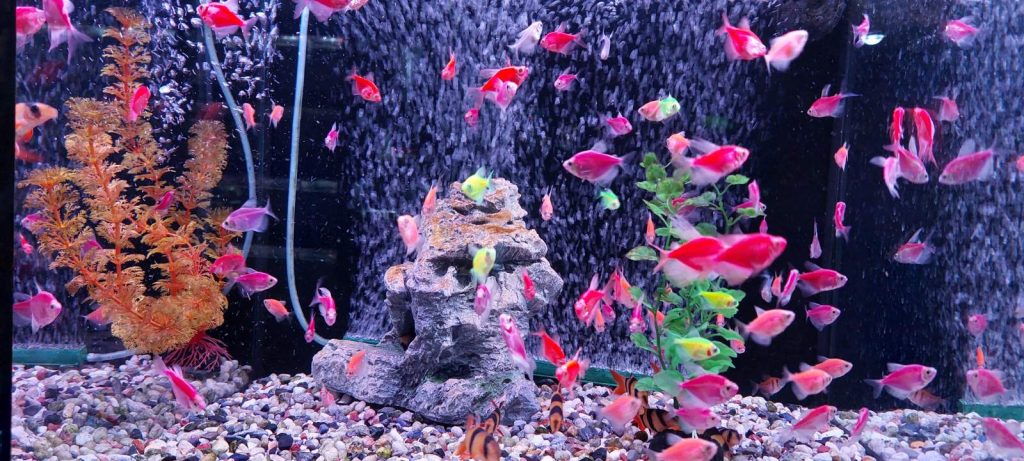
Since when have decorative fish existed?
The history of keeping ornamental fish goes back to ancient times, when Roman aristocrats created elaborate ponds for their exotic aquatic inhabitants. The breeding of fish for decorative purposes became a symbol of wealth and style. Chinese culture also contributed to the development of decorative fish farming by breeding goldfish for their bright colors and peaceful nature.
During the Middle Ages and Renaissance, wealthy European families continued the tradition of keeping exotic fish species in elaborate vessels. Keeping fish was not only for food, but also for aesthetic pleasure. In the 18th century, the development of glass vessels marked a decisive advance in the keeping of ornamental fish. For the first time, people could admire their feathered friends in clear containers, ushering in a new era.
The 19th century brought significant changes to the keeping of decorative fish. The public could now purchase aquariums affordably through the development of glass manufacturing technologies. A major milestone was the opening of the London Zoo in 1853, which not only displayed a wide range of exotic animals but also opened an aquarium to the public.
In the 20th century, aquarium keeping experienced a further boom. With advances in filter technology, lighting and heating, the conditions for keeping ornamental fish have been further improved. The creation of ornamental fish clubs in the 1920s and 1930s encouraged the exchange of knowledge and experiences among enthusiasts.
Today, keeping ornamental fish is a popular hobby worldwide. With an amazing variety of species and colors, people can immerse themselves in their own little aquatic world. Technological advances make it possible to create optimal conditions for fish well-being.
Keeping ornamental fish is not just a hobby, but a journey through time that reflects the development from ancient times to the modern era. It allows people to experience and appreciate the beauty and diversity of the underwater world in their own home.

Disclaimer
The information on this website is provided without any guarantee as to its accuracy or suitability for a particular purpose. The data is susceptible to errors, failures and other defects. We assume no responsibility for decisions made based on the content presented on this website.